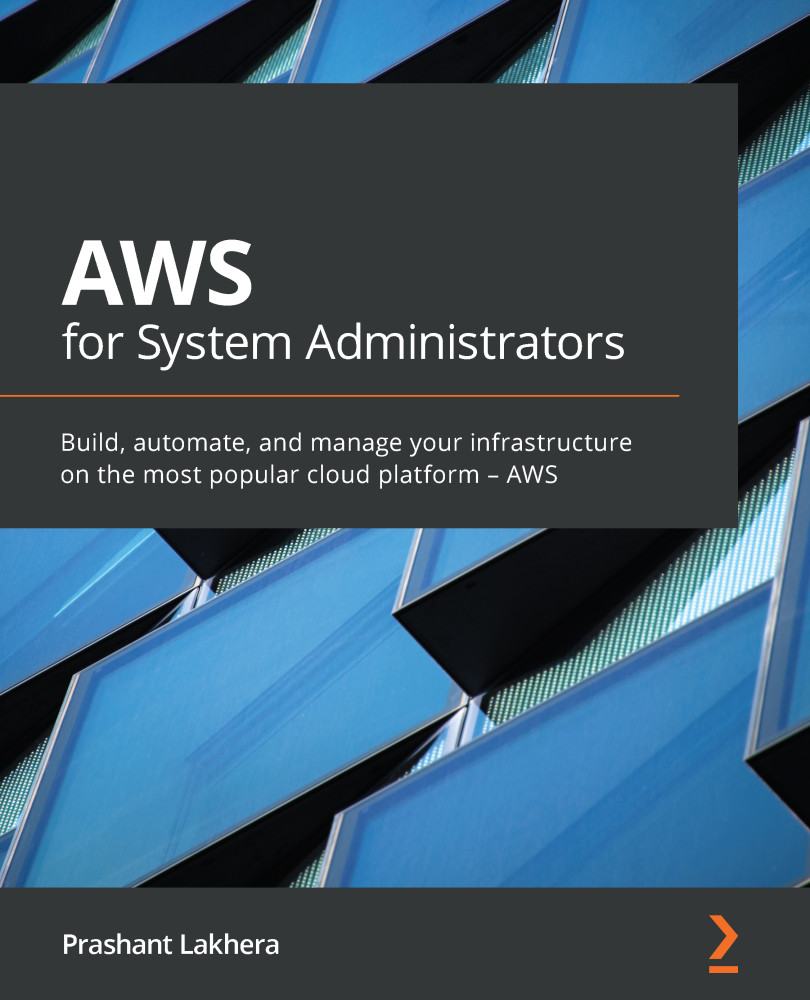Setting up AWS Elasticsearch and Kibana
Before setting up Elasticsearch, we need to understand what Elasticsearch is. It's a free and open source analytic engine based on the Apache Lucene library. It works by taking unstructured data from different sources, indexing it based on user-specified mapping, and making it searchable.
Companies such as Elastic (https://www.elastic.co/) provide the other alternative solutions, such as ELK, which stands for Elasticsearch, Logstash, and Kibana. Logstash, in this case, works similar to a CloudWatch agent, and is used to send data to Elasticsearch. Kibana lets you visualize your data using graphs and charts.
AWS provides its fully managed Elasticsearch solution known as Amazon Elasticsearch service. Using the Amazon Elasticsearch service has the following benefits:
- It's easier to deploy and manage, with Amazon taking care of heavy lifting activities, such as provisioning hardware, software installation, recovery, backup...













































































